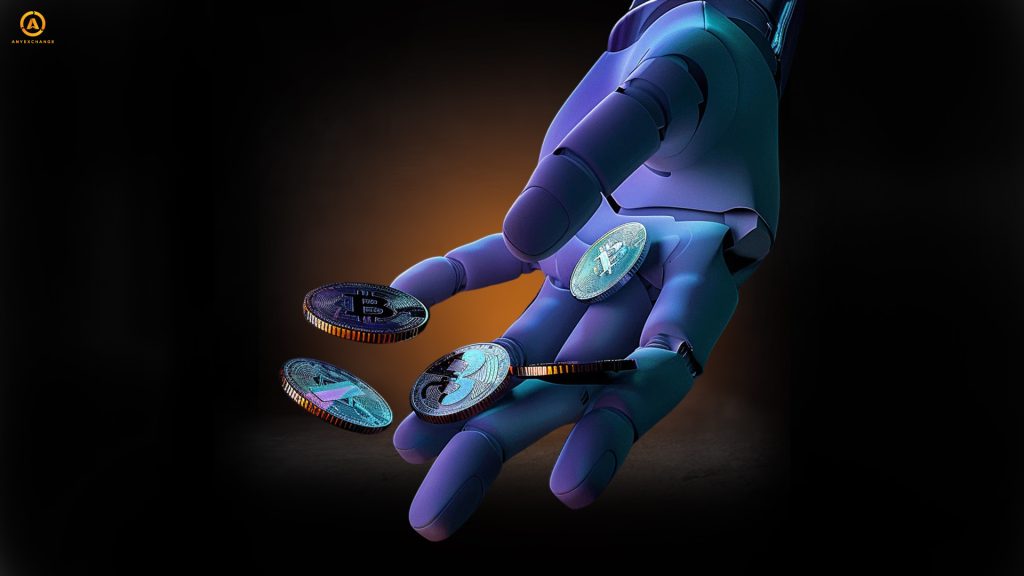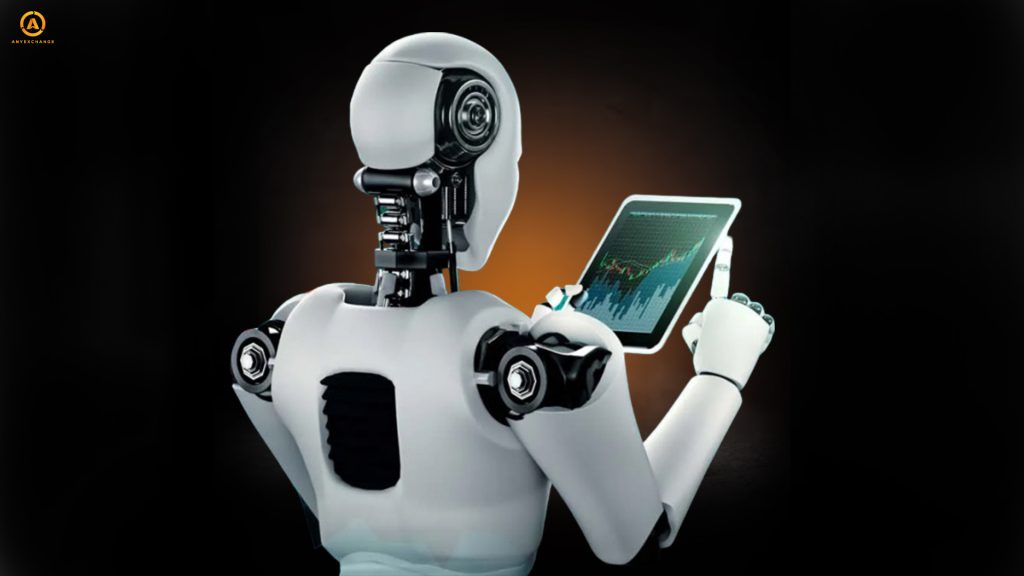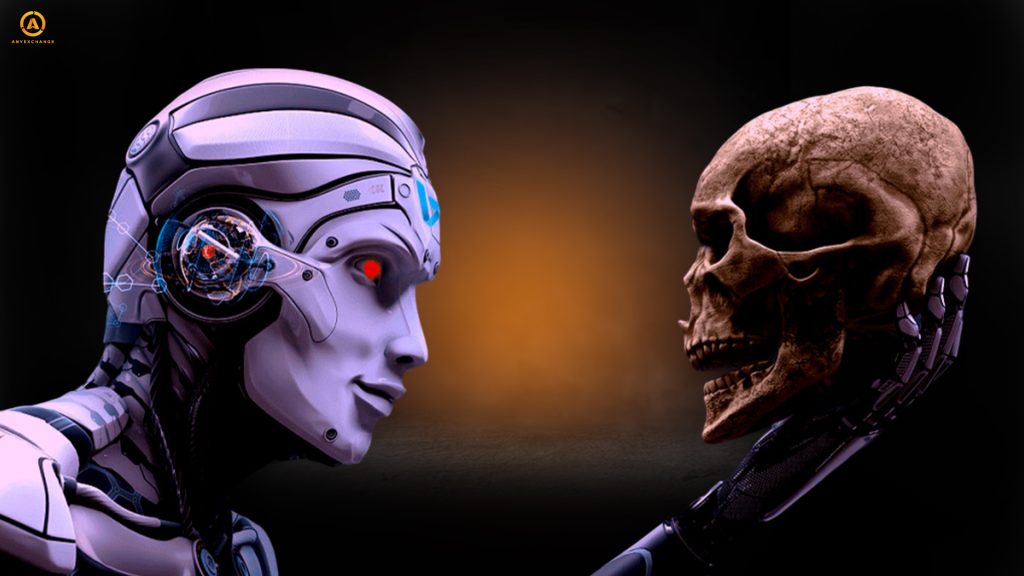
While skeptics continue to warn humanity about the global risks of widespread adoption of artificial intelligence, the AI market continues to grow exponentially.
According to a Forbes analysis, artificial intelligence is one of the fastest growing industries in the world, and its market capitalization growth rate will be at least 35% per year through the end of this decade. And this data is not based on hype or speculation. Breakthrough technologies in generative AI and natural language processing provide a solid basis for the fact that the contribution of artificial intelligence has all the real prerequisites for significant growth. Analysts predict that by 2030, AI’s share of the global economy will be greater than the current GDP of many leading countries. According to Statista and Grand View Research calculations, the artificial intelligence market in 2023 amounted to about $36 billion, and by 2030 it will reach a figure of more than $1.8 trillion.
According to McKinsey experts, today about half of companies use some form of artificial intelligence in their current activities. And those that invest heavily in AI show greater financial success compared to their competitors.
And the cryptocurrency market is no exception. As one of the most high-tech sectors of the global economy, the blockchain and decentralized finance industry willingly absorbs all AI innovations and adapts them to existing realities.
In this article, let’s understand how artificial intelligence and cryptocurrencies are related, what is the market potential of AI coins, and what are the characteristics of AI cryptocurrencies compared to traditional ones.
“The analytical department of CoinGecko expressed the main trends of the crypto industry, which will take place in 2023. They were AI technologies in crypto, GameFi and meme tokens – they form one third of the main interests of investors. AI coins received the most attention from the community with 11.3% and are in first place. Akash Network (AKT) and Render (RNDR) coins showed the fastest growth during the year, with prices jumping more than 1000%”.
What are AI coins?
AI cryptocurrencies are digital assets that use artificial intelligence in the broadest sense. They can be either cryptocurrencies of AI projects, or coins that allow a variety of artificial intelligence capabilities to be applied to different blockchain ecosystems.
The comparison between AI and traditional cryptocurrencies goes in favor of digital assets with artificial intelligence for the following characteristics: the use of AI in cryptocurrencies increases their efficiency, security, scalability and usability.
The potential of AI in crypto
The confident development of AI in cryptocurrencies is due to the fact that the decentralized financial market operates on digital technologies, and artificial intelligence can significantly improve them. This mainly concerns the following areas:
The impact of AI on blockchain and cryptocurrencies can also be seen in the optimization of many trading processes:
Institutional investors foresee increased use of AI in trading

Artificial intelligence technology will play a key role in trading over the next three years, according to a survey conducted by JPMorgan. The study, “E-Trading Edit: Insights from the Inside,” surveyed 4,010 institutional traders from 65 countries. More than 60% of them, up nearly 10% from last year, predict that machine learning and AI will have the greatest impact on shaping the future of trading in the coming years. When it comes to the corresponding expectations for blockchain technology, the figure continues to fall, to 7% (compared to 12% in 2023 and 25% in 2022).
In short, the potential of artificial intelligence as a resource for the cryptocurrency and blockchain sector to continue its growth is clear. The application of AI tools can be a successful incentive to level and maintain the interest of institutional investors by investing in AI coins.
Prospects for the interaction of cryptocurrencies and artificial intelligence
AI and the future of cryptocurrencies are closely linked, and their convergence holds great promise. In a recent article, Vitalik Buterin, co-founder and visionary behind Ethereum, highlighted the most promising opportunities identified at the intersection of the two technologies in recent years:
The main risk of using AI technology for cryptocurrencies is regulatory.

The cautious attitude of authorities towards blockchain and decentralized finance may increase in the presence of artificial intelligence technology. This spring, first in Europe and then in California, regulations were adopted to govern, to varying degrees, the legal norms for the use of AI.
For example, on March 13, 2024, the EU adopted the world’s first law on artificial intelligence. The final version was approved by 27 countries and the document will finally come into force in 2027. The first norms of the law concerning manipulation of users’ opinions, violation of human rights in facial recognition and emotion recognition to create the so-called “social rating of a person” will have to be implemented already this fall. The sale of facial recognition systems whose information is collected illegally will be prohibited with a fine of up to 35 million euros or 7% of annual turnover.
The law will primarily cover models with more than 10^25 FLOPs, so this regulation will directly affect at least GPT-3.5 models from OpenAI, LLaMA from Meta AI, PaLM and Gemini from Google.
In turn, the California Senate passed a bill regulating AI technology a short time later. And although it only covers the jurisdiction of the state, its adoption has great resonance, as large companies (OpenAI, Meta and Alphabet (Google) are registered in California) fall under its scope. Naturally, Meta and Google opposed the bill as “limiting innovation”. Smaller players also fear the monopoly of OpenAI, which no one will be able to compete with as a result of the proposed regulation.
Examples of AI cryptocurrencies
At the time of writing, according to AI cryptocurrency analysis by CoinGecko and CoinMarketCap, the total market capitalization of AI tokens is around $40 billion. The top 10 AI cryptocurrencies are made up of coins with a market cap of over a billion dollars each. Let’s take a look at a few of them.
Conclusion
Analyzing the risks and benefits of AI tokens, one should be aware that artificial intelligence is a trend that humanity will not be able to avoid. The fusion of two cutting-edge technologies demonstrates high efficiency and is becoming the subject of increased attention from investors. And given the high mobilization of regulators around the world in an effort to “streamline” the rally in AI developments, we can expect that the symbiosis of blockchain and artificial intelligence will bring only positive changes to global financial systems and the lives of ordinary users.
Thank you for your attention. Invest safely and profitably!
AnyExchange is an exchanger through which you can convert popular cryptocurrencies at the most favorable rate
. Our platform also provides electronic and cash money transfers
worldwide.





